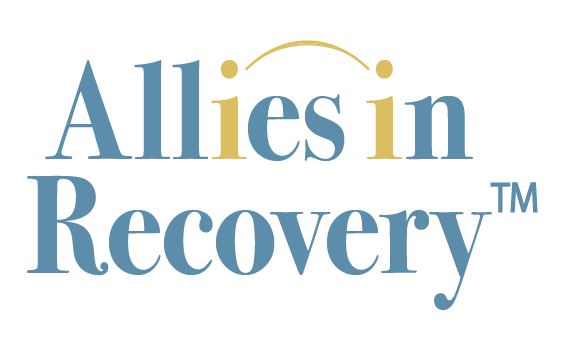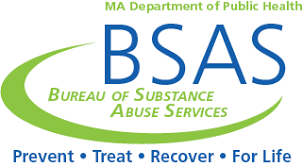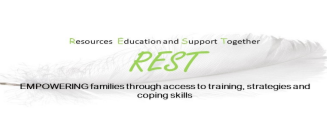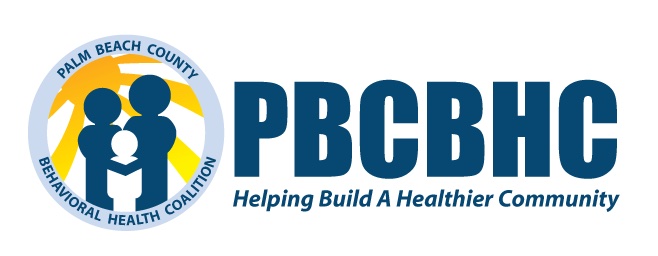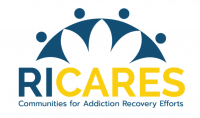Should I Stick to My Guns or Let Her Come Home?

We received a question from an Allies member in despair about their daughter’s return to alcohol and cocaine. Their question was whether or not to let the daughter come home if she’s still using and seeing a destructive ex-boyfriend. At Allies, we introduce you to an approach that works, with specific strategies and ways of thinking about and addressing this important dilemma.
As a parent, it can be difficult to watch your adult child engage in unhealthy relationships and destructive patterns of behavior, just when they were beginning to show progress towards recovery. It is hard to comprehend how someone would be willing to sabotage everything they have worked so hard for and return to their substance use. Unfortunately, this cycle is part of the recovery process and it is nothing short of devastating.
Read on to learn some suggestions that can help.
This question originally appeared on the Allies Recovery Member Site blog, where experts respond to members’ real-life questions and concerns.
“As of 2 weeks ago my daughter has not been home. She was out after work drinking and doing cocaine. Up all night, sleeps all day. Then I found out she was seeing her ex-boyfriend. Which I have stated my concerns for in an earlier post.
She lost her job for being late. Now she is unemployed and staying at random friends as well as her ex’s. We have talked a bit – I try to keep it light and ask that she only call or come by when she is sober. She is stubborn and I am sure will not come home to help get her life back on track. Do I do nothing?
It is nice to not have her coming in all hours. We are getting much better sleep. But other than that, we are pretty down about her situation. Should I stick to my guns and not let her stay here if she’s seeing him? It is peaceful here without all her drama. But I worry constantly. I really thought she had turned a corner. How quickly they can self-destruct.”
Drug and alcohol misuse creates these fast-moving sagas. It is beyond stressful when your son or daughter leaves home for weeks at a time and you have no idea what’s happening with them. On the other hand, since they left, your home life is quiet and peaceful. The drama at home has ended and you are now able to sleep at night.
Yet how do you stand by and watch your adult child slip back into use, making poor decisions that can impact the rest of their life? It can be extremely difficult to accept that your child is now an adult, free to make their own choices. Using the CRAFT* approach, you can work together with your Loved One to approach this dilemma in a new and more productive way.
Consider the Risks and Benefits
The question is, do you “stick to your guns,” and not allow your daughter to come home? The answer depends on what your daughter is saying and doing today. Is she saying she will do more recovery work, or is she expecting you to take her in today, regardless of the fact that she is still using? The CRAFT approach, first developed by Robert J. Meyers, PhD, recommends that you reward non-use. Conversely, returning home can be seen as a reward and therefore, positive reinforcement of using behavior.
The Initial Decision to Let Them Home
Allowing a Loved One back into the home is a very personal decision; one that you must be able to live with. CRAFT emphasizes personal safety, both yours and theirs. It is important to weigh the pros and cons of your decision and be clear about your boundaries and expectations. If you feel that being away from home places your Loved One in danger, you may decide it is best to have them come back. On the other hand, if you feel that having your Loved One at home places you and/or other family members at risk, then it may be best to deny their return. Perhaps it is just not the right time for your Loved One to be home. This is something you will need to decide after some thoughtful deliberation.
Once the safety aspect has been assessed, the initial decision to let them home should be accompanied with a talk of how your daughter plans not to drink or use in the house. You partner with her, accept her choices, and this helps you decide what is best for both of you. At a minimum, we suggest that you stipulate no use under your roof, and that together you find a plan to attend treatment or mutual aid meetings of her choosing as a condition of being home.
If the decision is to not let her home because she still wants to pursue or use drugs, or has little interest in stopping, then where can she go? You need to help answer this for her. Her treatment should be making an aftercare plan that doesn’t automatically depend on her coming home. Keep in mind that going home from treatment is the easy fallback for aftercare. Please ask them for a plan that does not include coming home.
All that being said, you must ask yourself, “if I allow my son or daughter to return to our home, what are my personal boundaries, and how will I react if those boundaries are crossed?”
A Cheat Sheet on Boundaries
Having a loved One with substance use disorder is the time when we are most in need of self-preservation strategies, yet this is when our limit-setting abilities are at their weakest! Our “Boundaries Queen” at Allies in Recovery, Laurie MacDougall, put together the following list of essential things to remember:
- A boundary is for you. It is yours to protect. It is yours to defend or change.
“Please don’t use drugs or drink in this house. I need to keep everyone safe.” If they do cross the boundary, “you’re having trouble not using in the house, what can we do to keep you from using in the house?”
- Much of what you learn about setting boundaries can be applied to all relationships.
- Often, we see our Loved One as too sick or too weak. Not setting personal limits for these reasons sends the message that our LO is not capable of doing anything for themselves. This keeps them dependent and leads to feelings of helplessness.
- FEAR is a tremendous obstacle to overcome. Worrying and trying to prevent something bad from happening drives us to make illogical and unhealthy decisions.
- Pay attention to the motivation behind your boundary. A boundary is to protect you, not some agenda you have for your Loved One.
- You have the right to change a boundary at any time if necessary.
- Setting healthy boundaries requires a lot of reflection and practice. Make sure that your limits are realistic and that you are able to follow through on the consequences you set.
- You will make mistakes. It goes with the territory of being human.
Beware of the “Bad Influence” Trap
If you do decide to allow your Loved One back into the home, choose your boundaries carefully. We recommend that you refrain from making demands such as asking them to ditch their friends and/or romantic partner. There is a tendency on the part of parents to view others as a bad influence on their children. Parents often think “if I can only get rid of the boyfriend/girlfriend, my son/daughter will find their way.” Unfortunately, it rarely works in this order. While it can be appealing to focus on the romantic partner, this is not useful. It is more likely that the relationship will end naturally as your Loved One finds recovery. Until then, we do endorse setting limits around those relationships and you. It is perfectly acceptable to ban certain individuals from the house or to set a nightly curfew out of respect for others in the home.
Remember there is only one key question: is your Loved One using or are they not using? The answer to this question determines how you respond and the decisions you make. Focusing on your Loved One’s relationships just confuses the issue and may cause a rift between you. If your Loved One becomes defensive because they perceive you are butting into their affairs, your message about recovery will get lost. Ideally, you want to be available to support their recovery from the substance use. Period.
Rest assured, once your Loved One begins to take steps towards recovery, he/she will assess their network and begin choosing people who are healthy to be around.
A Cot and Locker
Something we suggest families consider is the idea of the cot and locker (this can be a practice or just an idea that helps you see your home as both open and closed to your Loved One). The idea is that you take over their room, and turn it into something you either love or might like to try, like yoga space, an art room, or a library. A room of one’s own. Then you set up a cot and locker in a corner of a public space in the house. Make it clear that your Loved One is so very welcome to come over, eat, and sleep over, when he/she is able to show up not using (however strictly you want to define that.)
You may decide that she is welcome to come over mid-afternoon for a late lunch and some TV, provided she does not drink or use cocaine before coming over. Or, perhaps for now, you choose which of the two substances is the most dangerous and ignore her use of the other. It is completely up to you.
In my experience, people who drink and use cocaine, start by drinking. Drinking brings on the craving for cocaine. So while the cocaine is a more “serious” drug, perhaps focusing on the alcohol is enough for now.
Whatever You Decide – Be Ready with Treatment Options
Despite any fears, guilt, or shame you may feel about substance use disorder, the process of seeking help and medical advice should be no different than any other disease.
An approach that is practical vs. emotional can make all the difference. Even if your Loved One acknowledges the fact that a change needs to happen, it’s likely they don’t know where to begin. Be prepared to present a few real options.
At the top of the list put a detoxification unit. Withdrawing from alcohol can cause deadly seizures. If your daughter starts to drink again, she may need a medical detox.
At Allies, we offer not only advice about your interpersonal relationship with your Loved One, but also a range of resources for treatment options. By providing information and options, you’ll have done your part. You offer your total willingness to help access any of the recovery activities that are listed (see our resources section for more, or ask us for individual attention). This way, if your Loved One still refuses help, you will know that you have done everything you can, and they will know you are someone to count on when the time is right.
A membership at Allies in Recovery brings you into contact with experts in the fields of recovery and treatment for drug and alcohol issues. Our learning platform introduces you to CRAFT and guides you through the best techniques for unblocking the situation. Together we will move your loved one towards recovery. Learn more here.
